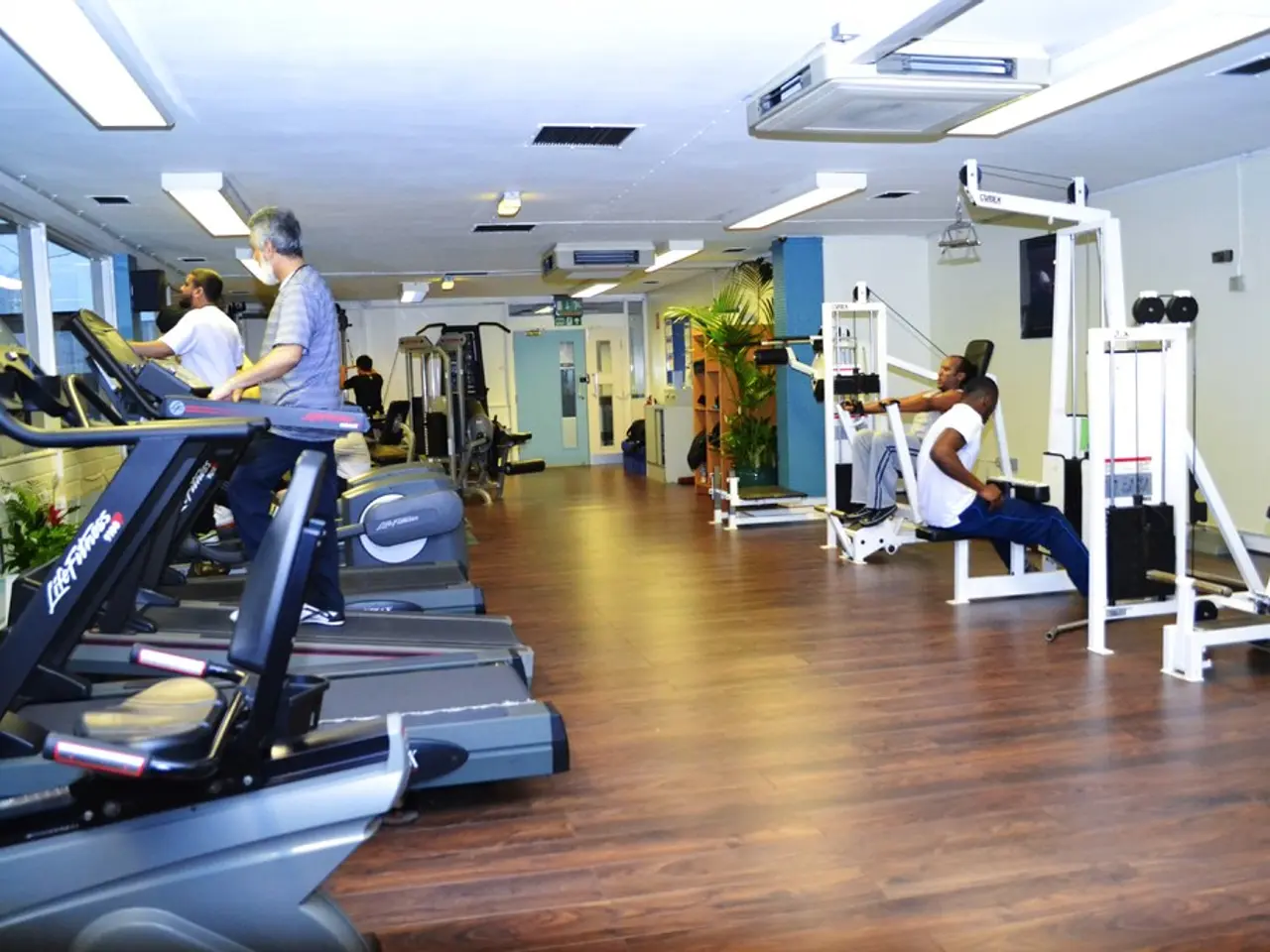Risk factors and exercises for dealing with hip osteoarthritis
Hip osteoarthritis is a common condition that affects adults over 50, causing pain and reducing the joint's mobility. This article outlines effective exercises for managing the symptoms of hip osteoarthritis, as well as best practices for performing these exercises safely and effectively.
Exercise and Pain Relief
Exercise is often the first strategy for managing hip osteoarthritis, with the help of a physiotherapist. A tailored program combining gentle stretching, targeted strengthening, and low-impact cardiovascular exercise can help improve mobility, strength, and overall fitness, while minimizing joint stress.
Key Exercises
Stretching
Stretching exercises are essential for maintaining flexibility and reducing tightness in the muscles around the hip. Some recommended stretches include the hamstring stretch, quadriceps stretch, and hip flexor stretch.
Strengthening Exercises
Strengthening exercises help build the muscles around the hip, improving stability and reducing pain. Examples of strengthening exercises include glute bridges, wall squats using a stability ball, and hip extension exercises lying face down.
Cardiovascular Fitness
Low-impact cardiovascular exercises like swimming, cycling, and walking help maintain joint function and general fitness without aggravating symptoms.
Additional Exercises
Other exercises that may be beneficial for those with hip osteoarthritis include banded hip abductions and single leg balance exercises. The banded hip abductions exercise helps strengthen the lateral hip muscles, while the single leg balance exercise improves balance and stability.
Best Practices
To ensure safety and effectiveness, it's important to follow best practices when performing exercises for hip osteoarthritis. These include warming up with gentle walking for 3–4 minutes before exercise, performing exercises gently and slowly, ideally 3 times a day, and listening to your body, allowing time for any pain or muscle ache to settle before continuing. Gradually building exercise intensity, especially if new to exercise, and adapting on ‘bad days’ by reducing intensity or resting is also important.
Engaging a physiotherapist for personalized assessment and advice can further optimize exercise choice, technique, and symptom management.
Impact on Quality of Life
Hip osteoarthritis can have a significant impact on quality of life and mental health, especially for those with severe pain and loss of hip function. Exercise can help improve physical and physiological resilience and functional ability, allowing individuals to perform daily activities more easily and maintain their independence.
Risk Factors
Risk factors for hip osteoarthritis include increased joint wear, obesity, certain sports, certain occupations, and predisposing conditions like femoroacetabular impingement (FAI) syndrome and hip dysplasia. It's important to be aware of these risk factors and take steps to minimize them, such as maintaining a healthy weight and avoiding high-impact activities that put excessive stress on the joint.
Stopping Exercises
It's important to remember that every individual is different, and what works for one person may not work for another. If exercises make your symptoms worse or cause new excessive pain, it's important to stop and seek advice from a healthcare professional. The NHS Inform website recommends stopping exercises if they make your symptoms worse or if they cause new excessive pain.
In conclusion, a tailored program combining gentle stretching, targeted strengthening, and low-impact cardiovascular exercise is effective for managing hip osteoarthritis symptoms while preserving mobility and independence. Engaging a physiotherapist for personalized assessment and advice can further optimize exercise choice, technique, and symptom management.
- Mental health can be improved through regular exercise and fitness, as it helps individuals impacted by hip osteoarthritis maintain their independence and perform daily activities more easily.
- In addition to stretching and strengthening exercises, low-impact cardiovascular activities such as swimming, cycling, and walking can contribute to managing chronic diseases like hip ostearthritis by preserving joint function and maintaining overall health and wellness.
- To effectively manage the symptoms of hip osteoarthritis, it's crucial to be mindful of mental health alongside physical health, as the disease may affect both quality of life and psychological well-being. Aging, certain medical conditions, and certain sports or occupations may raise the risk for developing hip osteoarthritis, so it is essential to understand and address these risk factors to prevent its onset.




